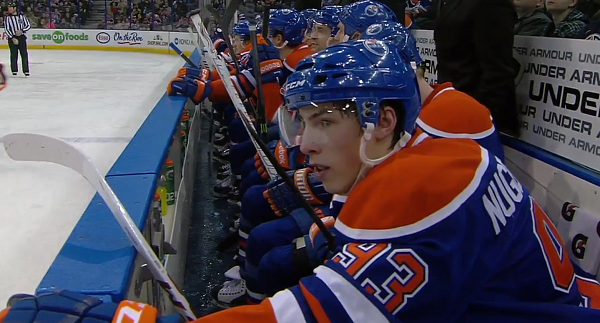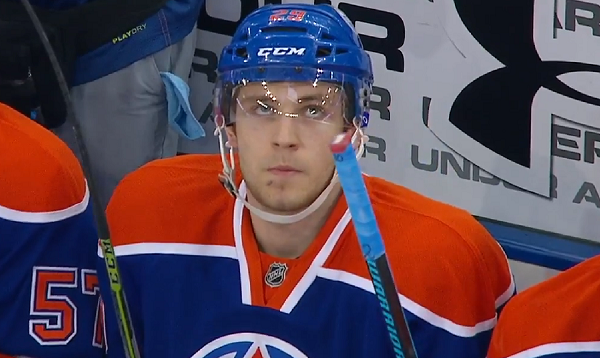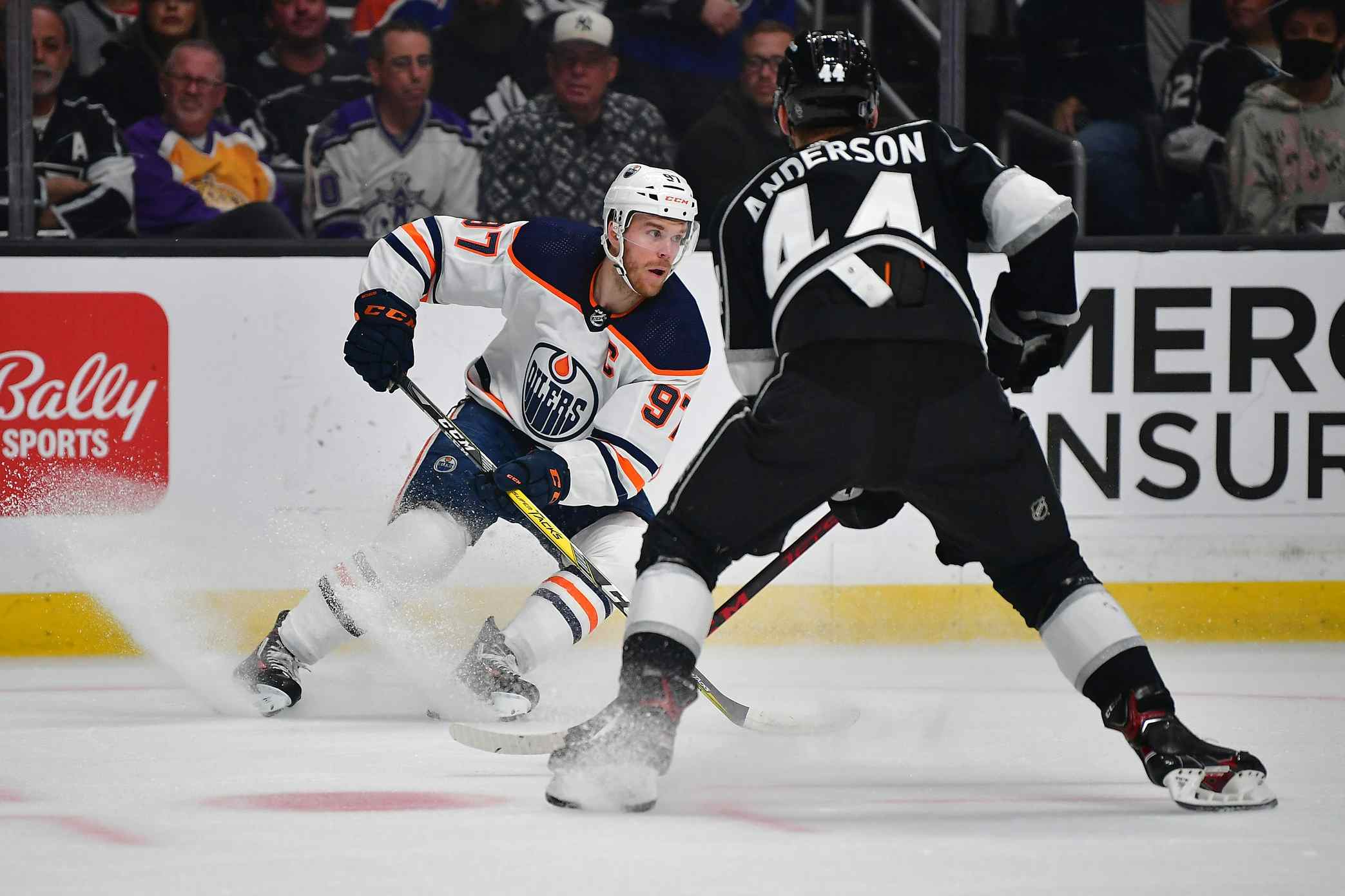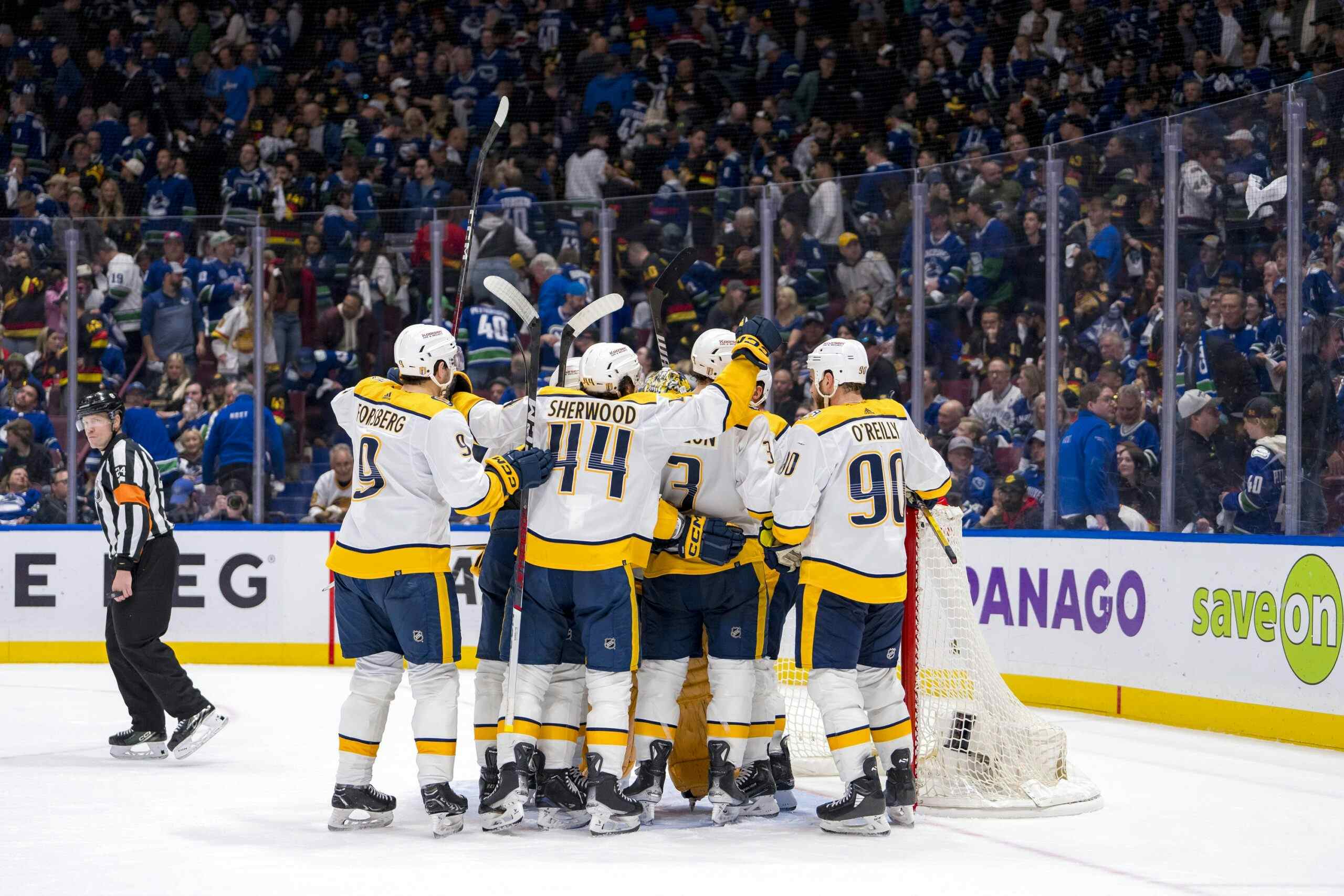WWYDW: Leon Draisaitl’s next contract

Leon Draisaitl is about to enter the final season of his
entry-level contract with the Edmonton Oilers. The team has to decide whether
to offer him a contract extension now or wait until it has seen more; it also
needs to decide whether to offer term and dollars right away or push for a
bridge deal.
entry-level contract with the Edmonton Oilers. The team has to decide whether
to offer him a contract extension now or wait until it has seen more; it also
needs to decide whether to offer term and dollars right away or push for a
bridge deal.
In this week’s edition of What Would You Do Wednesday, we
ask our readers for their views on the subject.
ask our readers for their views on the subject.
Previous Decisions

Draisaitl is the latest in a long line of top picks that the
Oilers have needed to make signing decisions on. Here’s what they have done
with the previous top young players of the salary cap era:
Oilers have needed to make signing decisions on. Here’s what they have done
with the previous top young players of the salary cap era:
- Sam Gagner: Gagner’s
three-year entry level contract (ELC) ended on July 1, 2010. He was coming off
a 41-point performance in 68 games. Edmonton waited
until August 2010 and then signed him to a two-year bridge deal. - Jordan Eberle: Eberle
had completed the first two years of his ELC when the Oilers re-signed
him in August 2012. He was coming off a shooting percentage-fueled 34-goal campaign
which represents his high-water mark at the NHL level. Edmonton gave him a relatively
expensive six-year extension. - Magnus Paajarvi: Paajarvi
was traded prior to signing his second contract. - Taylor Hall: Like
Eberle, Hall had completed the first two years of his ELC when the Oilers
re-signed him in August 2012. He was coming off a 53-point performance over 61
games when he signed a relatively expensive seven-year extension. - Ryan Nugent-Hopkins: As
with Hall and Eberle, Nugent-Hopkins had completed the first two years of his
ELC when the Oilers re-signed him in September 2013. He’d posted 24 points in
40 games during a lockout-shortened campaign when he signed a relatively
expensive seven-year extension. - Oscar Klefbom: Like
Eberle, Hall and Nugent-Hopkins, Klefbom had completed the first two years of
his ELC when he re-signed
with Edmonton in September 2015. He signed a relatively rich seven-year
extension after his first full season with the team. - Nail Yakupov: Yakupov
played all three years of his entry-level contract and then re-signed
in April, prior to the deal’s expiry in July. Coming off a 33-point season, he
agreed to a two-year bridge contract similar to the one signed by Gagner.
That’s seven examples. In four cases the Oilers went
long-term and gave up real money; in each of those cases they signed the player
in August/September right before the start of that player’s final ELC season.
In two cases, Edmonton offered a bridge deal, waiting until the ELC had expired;
for both of the players in that boat performance had been a bit of a question
mark. In one case, the Oilers dealt a player rather than re-signing him, and
there too performance was questionable.
long-term and gave up real money; in each of those cases they signed the player
in August/September right before the start of that player’s final ELC season.
In two cases, Edmonton offered a bridge deal, waiting until the ELC had expired;
for both of the players in that boat performance had been a bit of a question
mark. In one case, the Oilers dealt a player rather than re-signing him, and
there too performance was questionable.
The Draisaitl
Decision

There are a number of items specific to Draisaitl that are
worth noting. I count five key factors; others may have a different list.
worth noting. I count five key factors; others may have a different list.
UFA eligibility.
The rule is seven accrued seasons to qualify, but an accrued season is defined 40
games for a skater in the 2013 CBA. That means Draisaitl won’t be eligible for
unrestricted free agency until he’s played six more seasons in the NHL.
The rule is seven accrued seasons to qualify, but an accrued season is defined 40
games for a skater in the 2013 CBA. That means Draisaitl won’t be eligible for
unrestricted free agency until he’s played six more seasons in the NHL.
Arbitration
eligibility. The rule to qualify for arbitration for a player who signs his
ELC between age 18 and 20 is four years of pro experience, with that experience
being define as at least 10 games played in the NHL. Draisaitl won’t be
eligible for arbitration when his ELC expires, but he will be the following
summer.
eligibility. The rule to qualify for arbitration for a player who signs his
ELC between age 18 and 20 is four years of pro experience, with that experience
being define as at least 10 games played in the NHL. Draisaitl won’t be
eligible for arbitration when his ELC expires, but he will be the following
summer.
Connor McDavid. McDavid’s
ELC comes to an end the summer after Draisaitl’s does, and it’s a safe bet that
he’ll be expensive. When deciding on their approach to Draisaitl, the Oilers
will surely keep that factor in mind.
ELC comes to an end the summer after Draisaitl’s does, and it’s a safe bet that
he’ll be expensive. When deciding on their approach to Draisaitl, the Oilers
will surely keep that factor in mind.
Taylor Hall. Draisaitl
played extremely well when used almost exclusively with Hall last season, and it’s
fair to ask how he’ll respond in his first season without Hall. If the Oilers
are confident that he’ll be fine, it’s easier to sign him now; if not, they may
want to wait a little bit and see how he starts next season.
played extremely well when used almost exclusively with Hall last season, and it’s
fair to ask how he’ll respond in his first season without Hall. If the Oilers
are confident that he’ll be fine, it’s easier to sign him now; if not, they may
want to wait a little bit and see how he starts next season.
His rookie year. Draisaitl
struggled badly in his first season in the NHL, getting cast as Edmonton’s
second line centre before he was ready to take on that responsibility. Given
that he’s only played two seasons, how much should his poor initial campaign
play into the decision to re-sign him? Should it even be a factor?
struggled badly in his first season in the NHL, getting cast as Edmonton’s
second line centre before he was ready to take on that responsibility. Given
that he’s only played two seasons, how much should his poor initial campaign
play into the decision to re-sign him? Should it even be a factor?
That brings us to our question: How should the Oilers
proceed here? Should they sign him late this summer, as they have with several
previous players, or should they wait for more information? Is it in the club’s
best interests to give him a long-term extension or to push for a bridge deal?
proceed here? Should they sign him late this summer, as they have with several
previous players, or should they wait for more information? Is it in the club’s
best interests to give him a long-term extension or to push for a bridge deal?
Let us know in the comments.
RECENTLY BY JONATHAN WILLIS
Recent articles from Jonathan Willis





